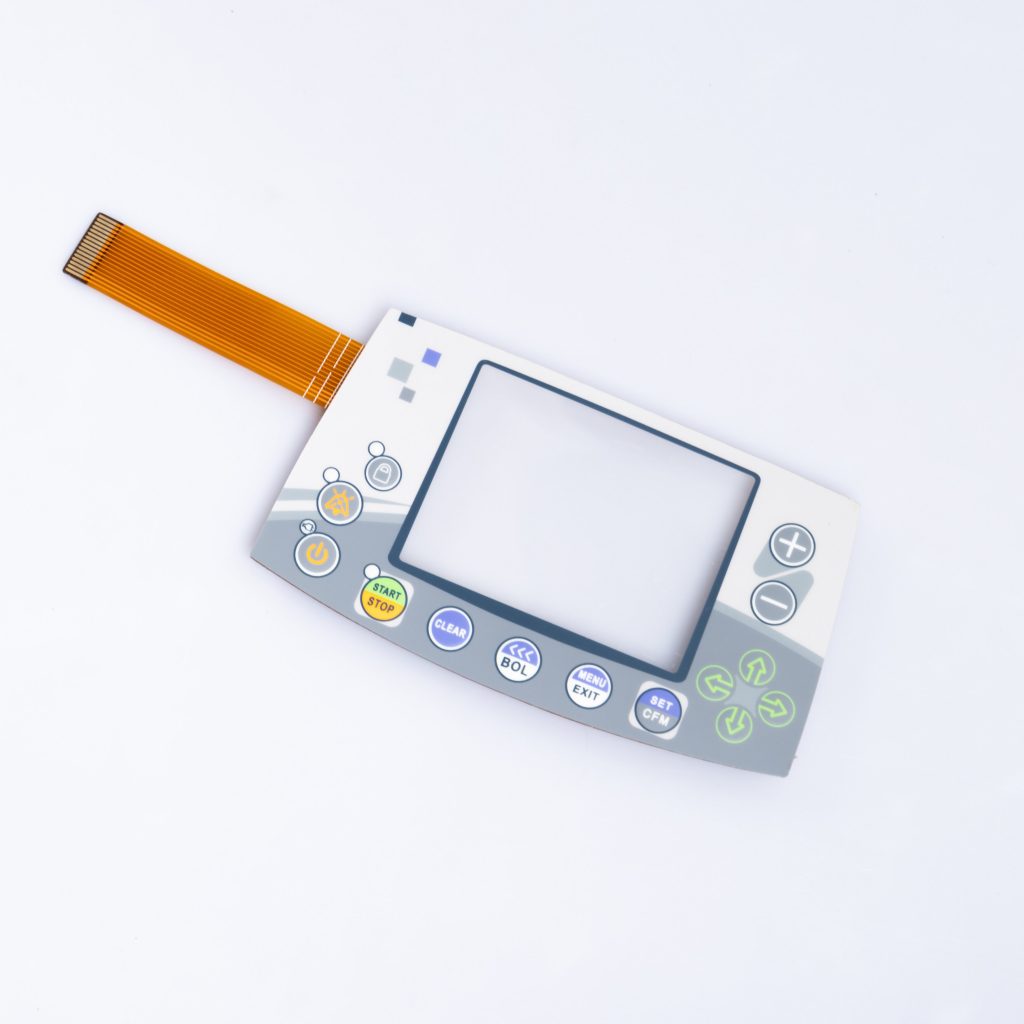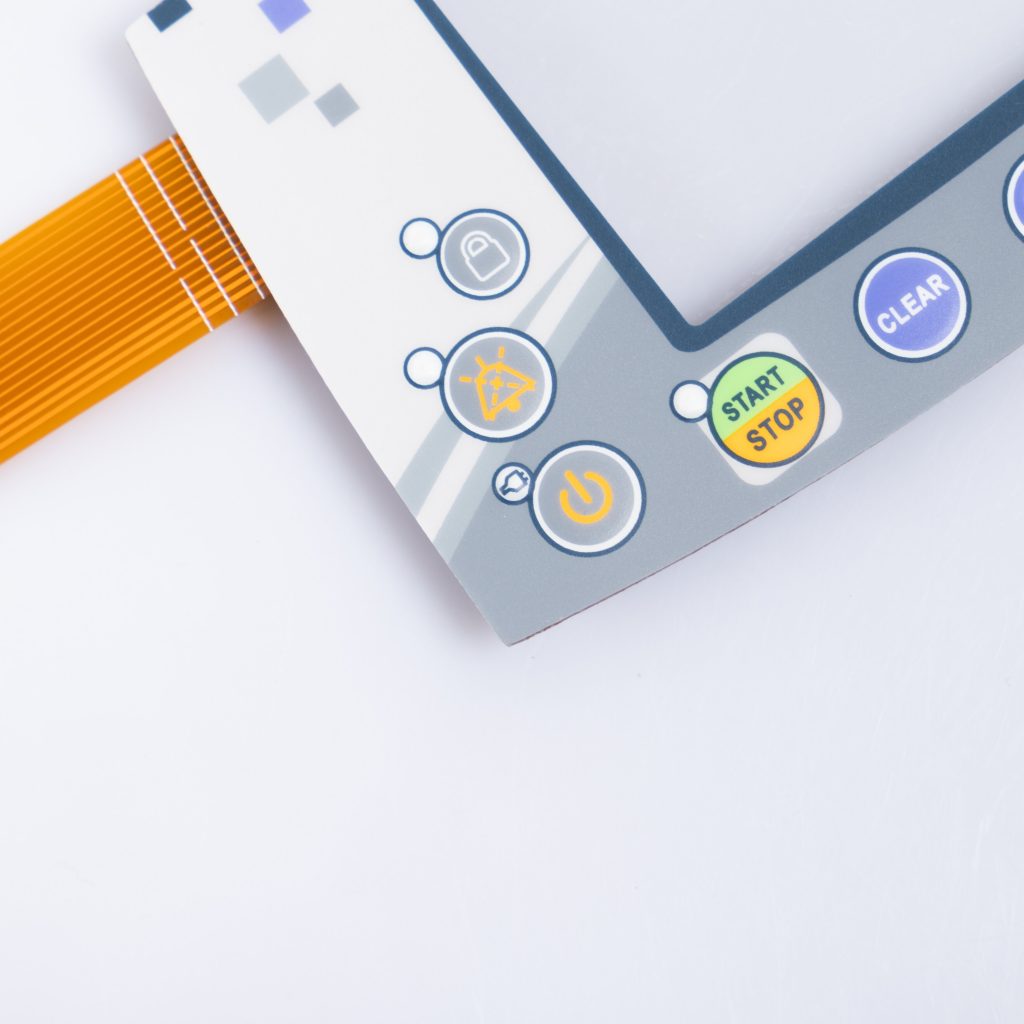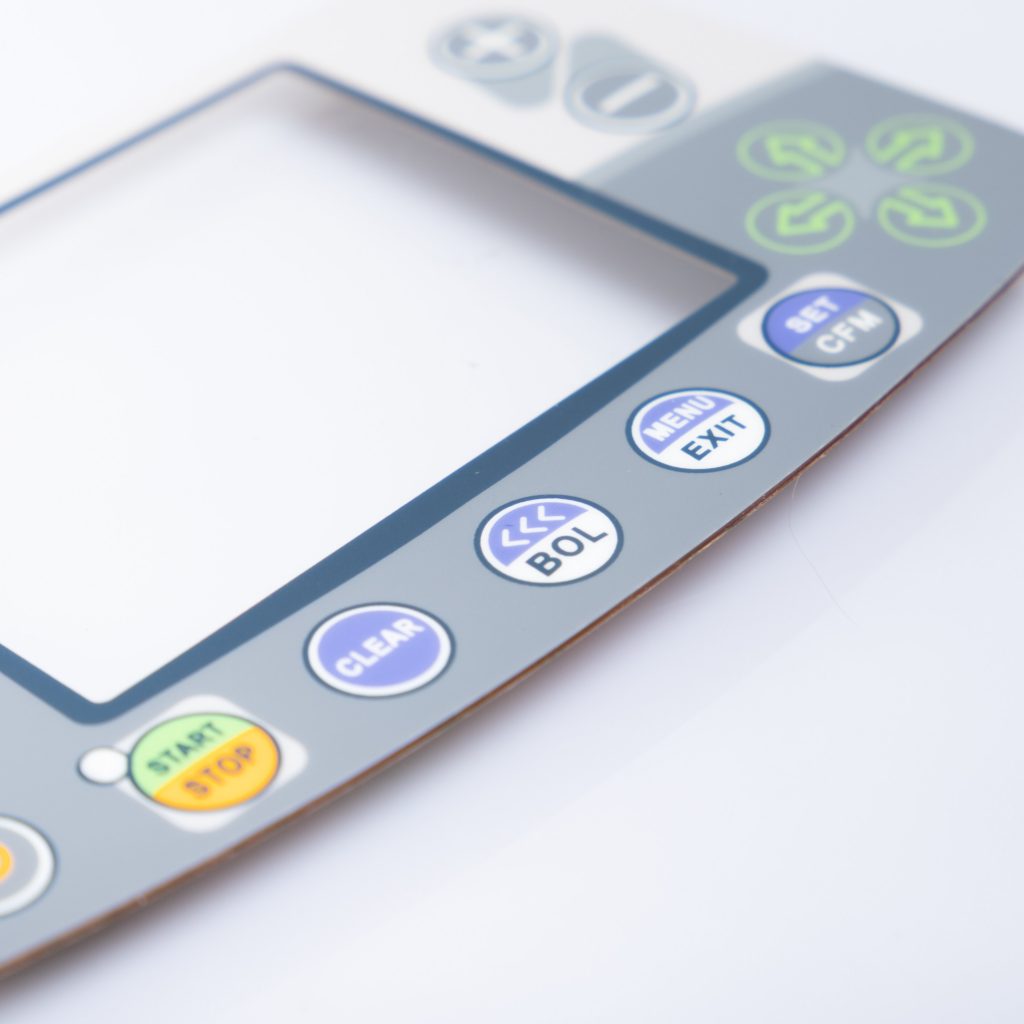Contact
Write to Us And We Would Be Happy to Advise You.
Do you have any questions, or would you like to speak directly with a representative?
By hqt
In today’s rapidly advancing technological landscape, waterproof membrane switches have emerged as an essential component in various industries. These switches offer a reliable and user-friendly interface for controlling electronic devices, while also providing protection against water and moisture damage. Understanding the technological requirements of waterproof membrane switches is crucial for manufacturers and engineers involved in the design and production of these devices. This article explores the key technological requirements of waterproof membrane switches and sheds light on their significance in different applications.



Waterproof membrane switches play a pivotal role in industries such as medical, automotive, aerospace, consumer electronics, and more. These switches are designed to withstand exposure to harsh environmental conditions, including water, dust, chemicals, and extreme temperatures. By providing a sealed and reliable interface, they ensure the longevity and performance of electronic devices in demanding settings.
The technological requirements of waterproof membrane switches encompass various aspects, including materials, design considerations, performance parameters, and manufacturing techniques. Adhering to these requirements ensures that the switches meet the highest standards of quality, durability, and functionality. Let’s delve into each of these requirements in detail.
The selection of suitable materials is crucial for the successful design and manufacturing of waterproof membrane switches. The following materials are commonly used:
1. Overlay Materials
The overlay serves as the top layer of the switch and provides a protective barrier against moisture, chemicals, and physical damage. Common overlay materials include:
2. Circuit Layer Materials
The circuit layer is responsible for conducting electrical signals and is typically made of conductive inks or films. Common materials used in the circuit layer include:
3. Spacer Materials
Spacers are used to create a gap between the overlay and the circuit layer, preventing accidental actuation. Common spacer materials include:
The design of a waterproof membrane switch plays a crucial role in its functionality and durability. The following design considerations should be taken into account:
1. Sealing and Waterproofing
The primary requirement of a waterproof membrane switch is to prevent water and moisture ingress. Designers should incorporate effective sealing mechanisms such as gaskets, adhesives, or integrated O-rings to achieve a watertight enclosure.
2. Actuation Force and Tactile Feedback
The actuation force and tactile feedback of a membrane switch are important for user experience and ease of operation. Designers must strike a balance between a responsive switch and the need for waterproofing. Utilizing dome switches or capacitive touch technology can provide tactile feedback while maintaining waterproof properties.
3. Durability and Environmental Resistance
Waterproof membrane switches are often subjected to harsh conditions, including temperature fluctuations, chemical exposure, and mechanical stress. Designers should select materials and construction techniques that ensure long-term durability and resistance to environmental factors.
4. Graphic Design and Labeling
Clear and intuitive graphic overlays are essential for user-friendly operation. Designers must carefully consider the placement, visibility, and durability of graphics and labeling to ensure optimal functionality and aesthetics.
To meet the requirements of specific applications, waterproof membrane switches must exhibit certain performance parameters. These parameters include:
1. IP Rating
The IP (Ingress Protection) rating indicates the level of protection provided by a waterproof membrane switch against solid objects and water. It is denoted by two digits, with the first digit representing solid particle protection and the second digit representing water protection. For example, an IP68 rating signifies complete protection against dust and continuous immersion in water.
2. Actuation Life
Actuation life refers to the number of times a membrane switch can be pressed before its performance deteriorates. Manufacturers perform extensive testing to ensure that switches meet or exceed the required actuation life for the intended application.
3. Electrical Performance
Waterproof membrane switches must meet stringent electrical performance requirements. These include contact resistance, insulation resistance, capacitance, and impedance. Thorough testing and quality control processes are necessary to verify the electrical performance of the switches.
4. Operating Temperature Range
Different applications require switches to operate within specific temperature ranges. Waterproof membrane switches should be designed to withstand temperature extremes and maintain their functionality without compromising performance.
To meet the technological requirements and achieve reliable waterproofing, manufacturers employ various manufacturing techniques. These techniques include:
1. Screen Printing
Screen printing is commonly used for printing conductive inks and graphic overlays onto membrane switch layers. This technique allows for precise control of ink deposition and enables the creation of intricate designs and labels.
2. Embossing and Die Cutting
Embossing is used to create tactile domes or buttons on the overlay layer, enhancing the user’s tactile experience. Die cutting is employed to precisely shape and trim the membrane switch layers.
3. Adhesive Bonding
Effective adhesive bonding is crucial for creating a watertight seal in waterproof membrane switches. Manufacturers use specialized adhesives and bonding techniques to ensure reliable and durable adhesion between layers.
1. How can I determine the appropriate IP rating for my application?
Determining the IP rating for your application depends on the specific environmental conditions the switch will be exposed to. Consult industry standards and guidelines to identify the appropriate IP rating required for protection against dust, water, and other elements.
2. Can a waterproof membrane switch be customized for unique shapes and sizes?
Yes, waterproof membrane switches can be customized to meet specific shape and size requirements. Manufacturers offer design flexibility to accommodate unique applications and provide tailored solutions.
3. Are waterproof membrane switches compatible with touchscreens?
Yes, waterproof membrane switches can be integrated with touchscreens to provide a user-friendly interface. Capacitive touch technology allows for seamless touch operation while maintaining waterproof properties.
4. How can I ensure the longevity of a waterproof membrane switch?
To ensure the longevity of a waterproof membrane switch, regular maintenance and inspection are recommended. Avoid exposing the switch to excessive mechanical stress, extreme temperatures, or harsh chemicals that could compromise its waterproofing and performance.
5. Can I use a waterproof membrane switch in outdoor applications?
Yes, waterproof membrane switches are suitable for outdoor applications, provided they are designed and manufactured with appropriate materials and sealing techniques to withstand outdoor conditions, such as UV exposure and temperature variations.
6. What quality standards should I look for when selecting a manufacturer for waterproof membrane switches?
When selecting a manufacturer for waterproof membrane switches, consider their adherence to industry standards such as ISO 9001 and IPC-A-600. These standards ensure that the manufacturer follows rigorous quality control processes and produces switches that meet the highest quality and reliability standards.
Technological requirements are critical for the successful design and production of waterproof membrane switches. By selecting suitable materials, incorporating effective design considerations, ensuring optimal performance parameters, and employing appropriate manufacturing techniques, manufacturers can produce high-quality switches that meet the demands of various industries. Waterproof membrane switches provide a reliable interface while protecting electronic devices from water and moisture damage, making them indispensable in applications where durability, functionality, and user experience are paramount.
Do you have any questions, or would you like to speak directly with a representative?